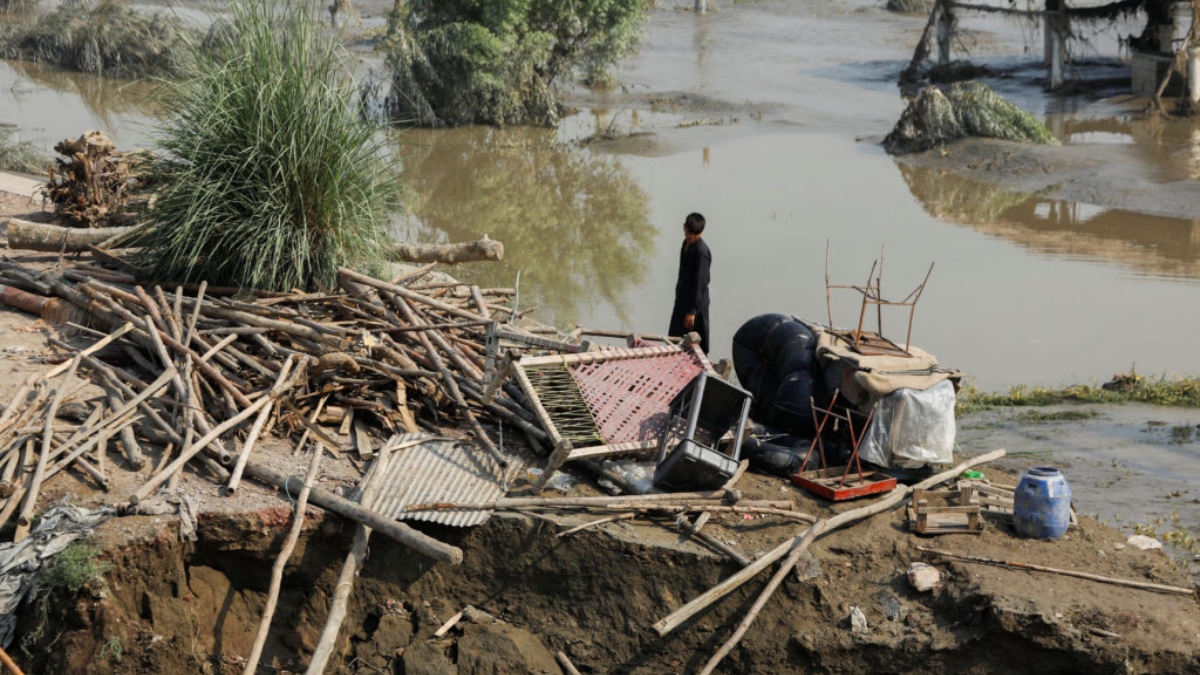










Health experts are worried about the spread of waterborne infections in Pakistan’s areas affected by recent record-breaking floods since, according to local media, approximately 500,000 flood victims are staying in relief camps.
According to a study issued by the Sindh health department, the government-established relief camps around the province are seeing an increase in the spread of diarrhoea, skin conditions, and eye illnesses. Unprecedented flooding in Pakistan this year has affected almost 33 million people and caused tens of thousands of people to be relocated.
In Balochistan, Khyber Pakhtunkhwa, Sindh, and Punjab, there are presently more than 500,000 people living in relief camps as a result of internal displacement.
In the previous two months, Sindh has reported more than 134,000 instances of diarrhoea, according to a study made public by health officials on Saturday.
Similarly, according to government statistics, 44,832 instances of malaria have been discovered since June of this year during the monsoon season. 101 snakebite instances have also been documented, it was said.
6.4 million flood victims require humanitarian aid, according to the UN Population Fund, ARY News said.
Women who are menstruating or pregnant are in a dreadful situation since they cannot access menstruation supplies or a bathroom. According to the research, there are 650,000 pregnant women in flood-affected areas who require maternal health services, including 73,000 who are due within the next month.
World Health Organization (WHO) expressed worry the previous day about the alarming rate at which aquatic infections are spreading.









